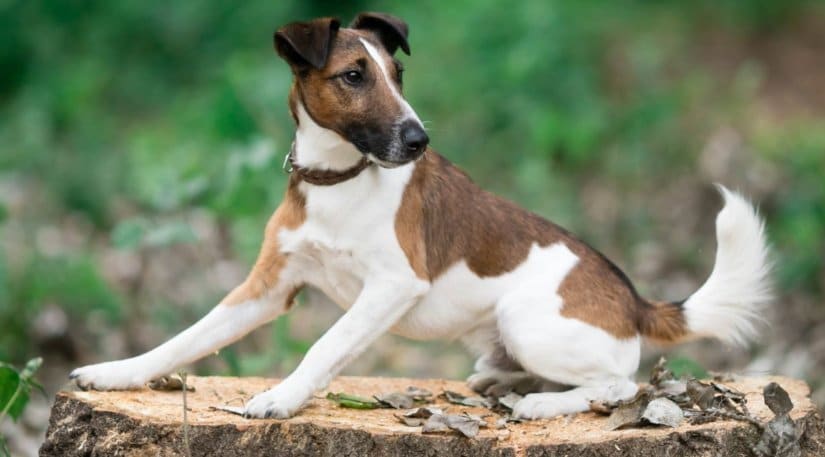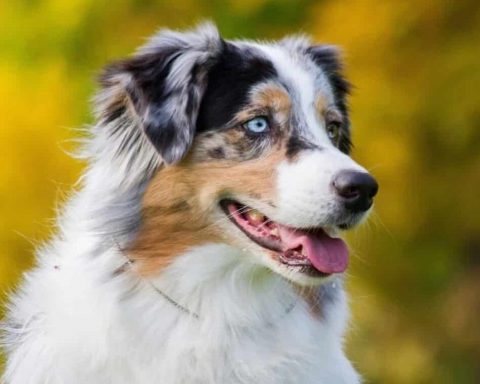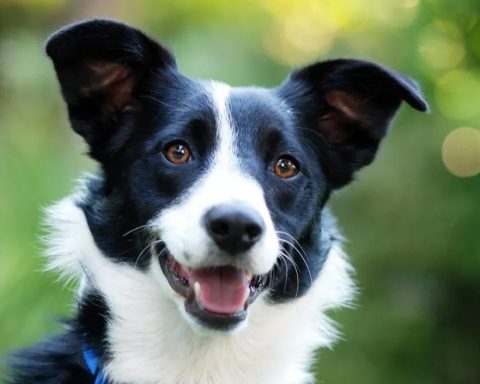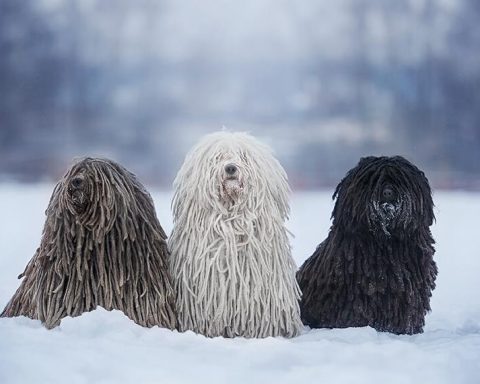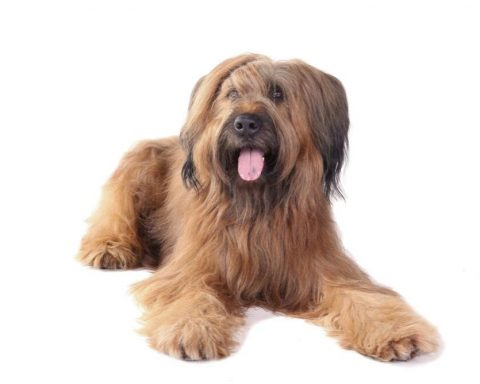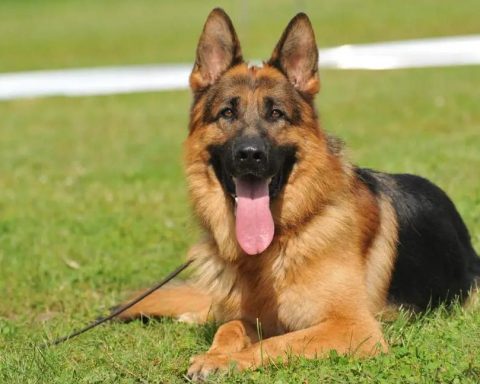summary
The character of this dog is generally happy, active, and energetic; bone and strength on a smaller scale are necessary traits; but this is not to indicate that the Fox Terrier is a silly dog, or in any way rough – in fact, speed and endurance are just as important as strength, and the Fox Terrier is a model of proportionality in the fox-hunting class of hounds.
As a terrier-like hound, the legs should not be too long or too short. He should be like a clever hunter, adaptable to many kinds of terrain, and have a short back, as described later. With this terrier, weight is not regarded as an important index, but shape, size, and outline are of great importance to his work; and if he can run, be still, and track a fox until it is exhausted, a weight of from one to two pounds will not be a problem.
NOTE: If he has scars or old injuries from his work, they will not affect his ability to compete unless they interfere with his normal activities or with his ability to work.
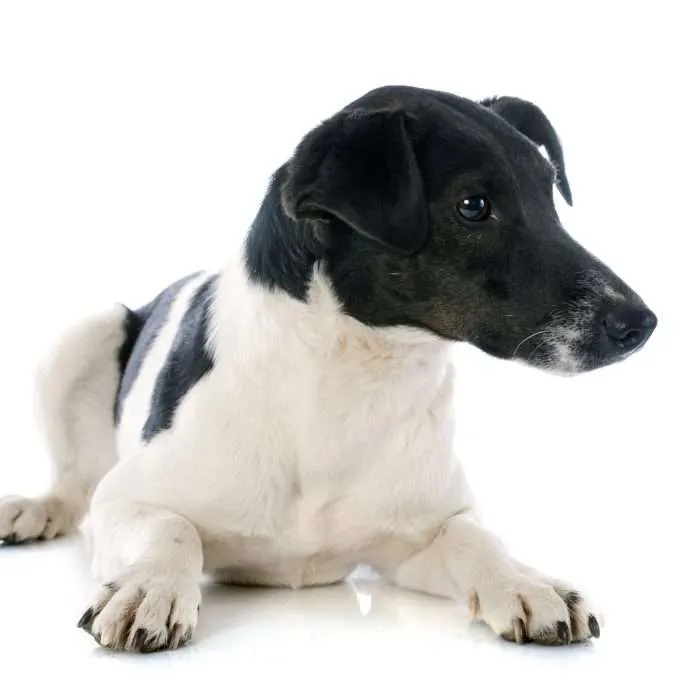
Place of Origin
United Kingdom
Body type
According to current standards, a standard Fox Terrier should be no taller than 15.5 inches at the shoulder and no longer than 12 inches in length. Bitches are correspondingly smaller. In contrast, the head length is about 7 to 7.5 inches. A racing dog whose height and length fall within the above range would weigh about 18 pounds, with the bitch about 2 pounds lighter, with a range of 1 pound up and down.
These specifications have been developed by taking into account one or more factors and balancing all of them. The Fox Terrier is an example of the terrier dog in terms of anatomy.
The point of head proportions is the proportion of the skull to the muzzle; and the ideal proportion of the body is the height at the shoulder equal to the length of the body.
It is important to add that although, just as with shoulder height, body length, and coat, head size can be measured accurately, it is not to be used as a strict rule for breed rating.
Head
The eyes and sockets are dark in color, small, deeply placed, full of zest, liveliness and intelligence, and nearly round in shape. Any tendency to yellow eyes is a defect.
The ears are V-shaped, small, of medium thickness, and hang forward by the cheeks, not on the sides of the head as in the Foxhound. The folding line of the ears is slightly above the top of the head. Disorders: standing, tulip or rose ears.
The head is flat and slightly narrow, tapering toward the eyes. There is no distinct “stop”, but there is a large indentation in the profile between the forehead and the upper jaw, similar to a linden. It should be noted, though, that the profile of the face tapers from the eyes to the muzzle and is slightly tilted where it meets the forehead, rather than being a “plate” face or having the front part of the eyes suddenly drop down, but is fuller and flatter, but does not resemble a carefully carved “wedge”. The head is well proportioned and it is evident that the length of the skull is slightly different from the length of the face. The cheeks are not full.
The jaws, both upper and lower, need to be firm, muscular and strong, but not like a linden or modern English terrier. It must not be much lower than the eyes. This part of the head should be moderately prominent and not sloping straight down like a wedge.
The nose is tapered relative to the muzzle, and the color of the nose-glasses is black. Disqualified: nasal mirror color white, pink, spotted, or other colors.
Teeth are in a clipped bite. Disqualifying: protruding upper jaw bite or protruding lower jaw bite.
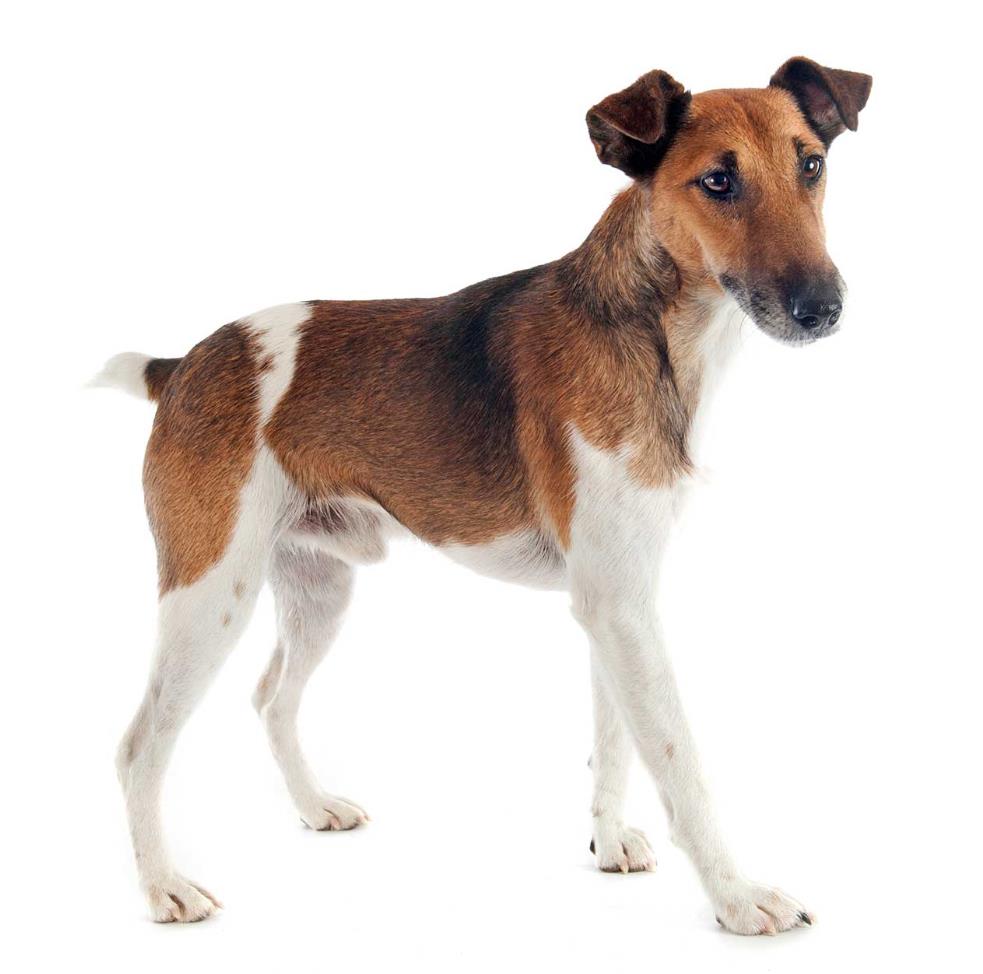
Neck, dorsal line, body
The neck is neat and well-muscled, with no bulk in the throat, of normal length, tapering to width near the shoulders. The back should be short, straight (the so-called dorsal line is horizontal), firm and not flabby. The chest is deep but not broad, and the lower part of the chest is deep but not exaggerated. The ribs are moderately rounded and arched in the front half, deep and healthy in the back half, with good rib expansion. Loin very strong and well muscled with a very slight upward arch. The tail is slightly higher in position and happily carried, but not curled. The tail should be strong and any tail that resembles a “pipe plug” is a defect.
Forequarters
The shoulders are long and sloping, well integrated with the back, refined and crossed at the withers. The elbows hang vertically from the side of the body and move freely. The forelegs should be straight and strongly boned from any angle, and the ankles should be invisible or only a little visible when viewed from the front. The ankles are short and straight. The leg should remain straight in motion when viewed from the front or from behind. The claws of the feet are round, compact and not too large; the pads of the feet are hard and tough; and the toes are moderately arched, not turned inward or outward.
Hindquarters
Should be strong and well muscled, lying or crouching with great ease; thighs long and strong, with proper angle of the stifle joints, not turned inward or outward; the fly joints are at a proper angle to the thighs, very low, and perpendicular and parallel to each other when viewed from behind. When the dog is standing, the hind knees are bent, like a foxhound. The worst hindquarters should consist of a very short second thigh joint and a straight hind knee joint. When viewed from the front or the rear, the hind legs should remain straight in motion and the hind knee joints should not turn out. The foot paws are the same as the forequarters.
Coat
Should be silky, flat, not hard, dense and abundantly hairy. The abdomen and lower thighs should not be bare.
Color
White with markings on white; however, tiger, red or liver colored markings are not preferred. This is only a small percentage score or does not count as a score.
Gait
Gait and stance are very important. When the Foxhound Terrier walks at a brisk pace, the legs remain straight with the front legs hanging off the sides of the body and swinging parallel, similar to a pendulum. The main driving force comes from the hind legs, which can be found in the longer thighs, the muscular second thigh and the moderately bent hind knee, which, together with the stirrups and “grip” provided by the fly joints, make up the perfect movement. When approaching from the front, the front legs form a continuous straight line, with the distance between the paws being the same as the distance between the elbows. When the dog is at rest, shoulder defects are difficult to detect, but when it walks, if there is a defect, it is obvious, and the forelegs will cross, forming an “intertwined” or “disk” shape.
On the contrary, the movement of the forelimbs is controlled by the shoulders, and the claws are very widely separated, forming a paddle step. When the fly joints are turned in, and the stifle and paw are turned out, forming a cowlick hindquarters, hindquarters propulsion will be seriously affected. When the fly joints are turned out, resulting in crossed paws, an awkward and ungainly gait is formed.
Temperament
Happy, lively and energetic.
Out of character
Standing, tulip or rose ears. Nostrils are white, pink or speckled, and various other colors. Protruding upper jaw bite or protruding lower jaw bite
